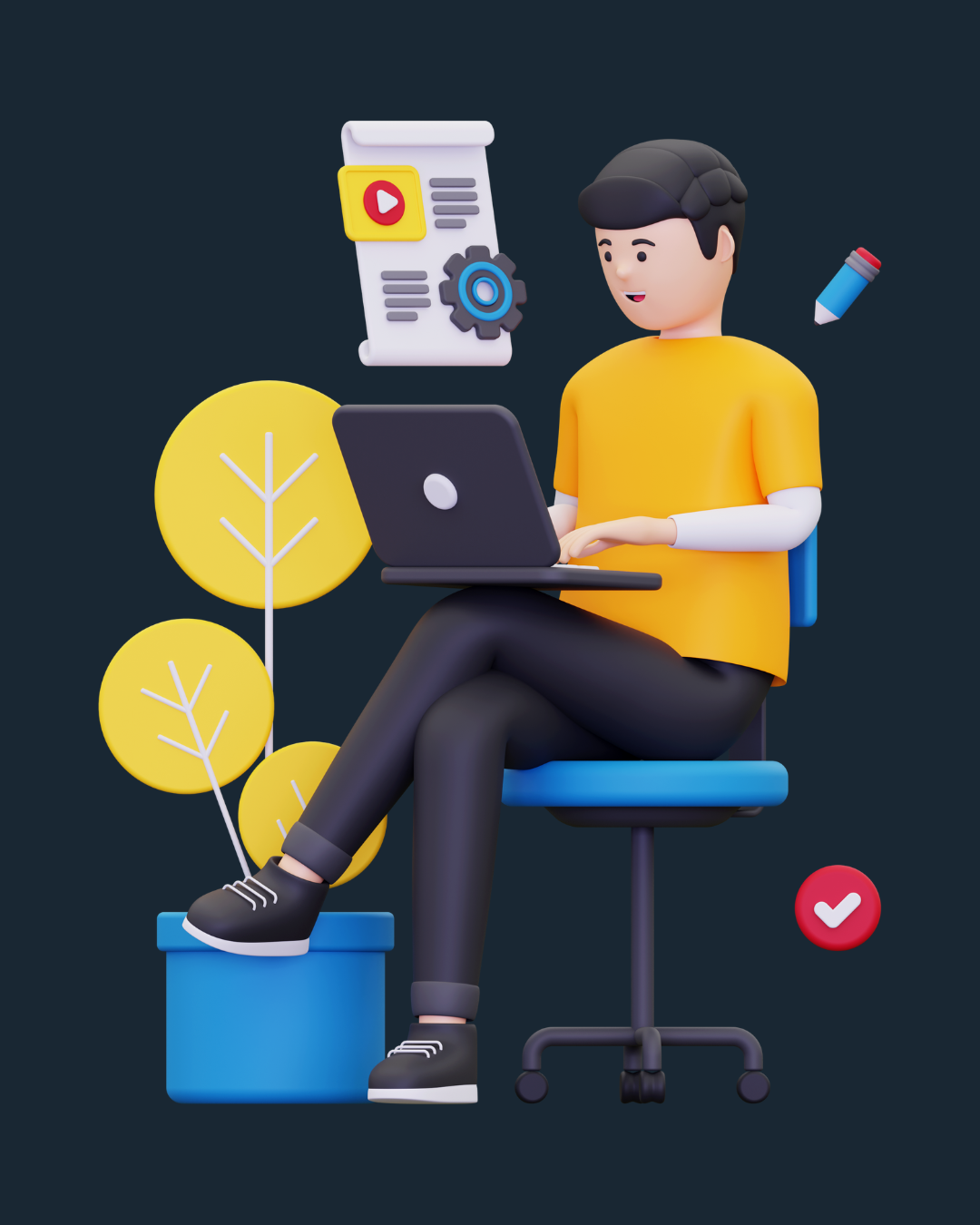The Ultimate Merchant Guide: Turn Your Collection Pages into Google AI Overview Magnets

The Shifting Sands of Search – Welcome to Google AI Overviews
The search landscape is evolving rapidly, with AI now at the center of how users find and consume information. In 2025, Google AI Overviews have become a prominent feature, appearing in over 13% of all searches and rising. These AI-generated summaries sit at the top of the SERP, delivering quick, synthesized answers that pull from multiple authoritative sources. Unlike traditional featured snippets, AI Overviews are designed to answer complex, multi-faceted queries, reducing the need for users to click through multiple sites.
This shift is transforming user behavior: while some zero-click searches increase, being cited in an AI Overview can drive high-quality, intent-driven traffic and boost your brand’s authority. For e-commerce and content publishers, the opportunity is clear—optimize your collection pages for AI Overview citations or risk being left behind.
In this guide, we will discuss how Google AI Overviews work, why Shopify collection pages are prime candidates for citation, and actionable strategies to get your pages seen and cited.
Peeking Under the Hood: How Do Google AI Overviews Actually Work?
The AI Engine
Google AI Overviews are powered by advanced generative AI models, such as Gemini, which synthesize information from across the web to generate concise, relevant answers. These models analyze the user’s query, understand context and intent, and then aggregate information from multiple sources, including web pages and Google’s Knowledge Graph.
How Information is Sourced
AI Overviews are triggered primarily by informational, long-tail, or complex queries, those that traditionally require users to visit several sites for a complete answer. The AI scans top-ranking, authoritative pages, extracting key facts, lists, and explanations that directly address the query.
The Role of Citations
Google AI Overviews cite the sources they pull from, linking back to collection pages, articles, and guides that provide the most relevant information. Being cited in an AI Overview is a powerful trust signal, driving visibility and credibility for your brand. While Google’s official stance remains “focus on great content,” it’s clear that structured, authoritative, and comprehensive pages are favored.
Why Collection Pages Are Prime Candidates for AI Overview Citations
Defining Collection Pages
Shopify collection pages, such as e-commerce category pages, curated resource lists, topic hubs, and directories consolidate related information or products in one place. They often serve as the backbone of e-commerce and content-heavy sites, sitting just below the homepage in site hierarchy.
The "Comprehensive Answer" Advantage
Well-structured collection pages provide multifaceted answers, aggregating details that might otherwise be scattered across multiple individual pages. This makes them attractive to Google’s AI, which seeks to synthesize comprehensive answers for users.
The "Deep Page" Phenomenon
AI Overviews frequently cite pages deeper in a site’s architecture, like collection pages because they address broader user intent and consolidate diverse options or insights. These pages serve users seeking a range of options or a deeper understanding of a category, aligning perfectly with the goal of AI Overviews.
Optimizing Your Collection Pages for Google AI Overview Citations
A. Foundational SEO Still Reigns Supreme
- Ensure your Shopify collection pages rank on the first page for target queries; AI Overviews primarily reference top organic results.
- Optimize meta tags (title, meta description, H1) with relevant keywords.
B. Content is King (Still, and Even More So)
Go Beyond Listings – Add Value
- Start with a detailed, unique introduction that explains the collection’s purpose and value.
- Include buying guides, comparison points, and FAQs within the collection page.
- Highlight user benefits and problem-solving aspects.
Clarity and Conciseness
- Use clear, direct language.
- Write well-structured summaries or introductory paragraphs that AI can easily pull for overviews.
E-E-A-T (Experience, Expertise, Authoritativeness, Trustworthiness)
- Showcase expert curation, user reviews, and brand authority.
- Cite credible sources if your collection synthesizes external data.
C. Structure for Understanding (Both Users and AI)
Logical Heading Hierarchy
- Use H1 for the main topic, H2s and H3s for subtopics and sections.
- Break down the collection into logical, scannable sections.
Use of Lists
- Incorporate bulleted and numbered lists to make information digestible and easy for AI to parse.
Clear Introductions and Summaries
- Provide concise intros and summaries for each section to help AI grab relevant snippets.
D. Leverage Structured Data (Schema Markup)
Relevant Schema Types
- Use
CollectionPage,ItemList,Product,FAQPage, orHowToschema as appropriate. - Structured data provides explicit clues to search engines about your page’s content and structure.
E. Strategic Internal and External Linking
Internal Linking
- Link to relevant sub-pages or individual items from the collection page.
- Link from supporting content to the collection page to establish authority.
External Linking
- Judiciously cite and link to authoritative external sources to boost credibility.
F. User Experience (UX) and Page Signals
- Ensure fast page load speed and mobile-friendliness.
- Maintain clear navigation and good formatting for readability.
- Use engaging visuals (images, infographics, videos) with descriptive alt text to support your main points.
G. Content Freshness and Accuracy
- Regularly update your collection pages to maintain accuracy, especially if they list products, services, or information that changes frequently.
The Other Side of the Coin: Potential Impacts and Considerations
- Traffic Fluctuations: Some searches may see reduced clicks as users get answers directly from AI Overviews, but citation can drive high-quality, intent-driven traffic.
- The Evolving Landscape: AI Overviews are new and Google’s approach may change; staying updated with SEO best practices is essential.
- Focus on Value: Optimizing for AI Overviews also improves user experience and overall SEO, not just citation potential.
Leveraging the Rank Collections App for AI Overview-Ready Collection Pages
As you work to optimize your Shopify collection pages for Google AI Overviews, having the right tools can make all the difference. Rank Collections is a purpose-built app designed to help Shopify store owners create, optimize, and manage collection pages that are primed for both search engines and AI-powered features like Google AI Overviews.
What Is Rank Collections?
Rank Collections is a Shopify app that automates and enhances the process of building SEO-optimized collection pages. The app goes beyond basic collection management by integrating AI-driven strategies, competitor analysis, and smart scheduling to ensure your collections are always relevant, comprehensive, and ready to be cited by Google’s AI.
Key Features and Benefits
- AI Collection Generation: Automatically creates targeted, store-specific collection pages based on your inventory and customer data.
- Smart Scheduling: Publishes or updates collections at peak shopping times to maximize visibility and engagement.
- Competitor Analysis: Benchmarks your collections against competitors and provides actionable insights for improvement.
- SEO Meta Management: Auto-generates meta titles, descriptions, and URL slugs for every collection, aligning perfectly with Google’s requirements for AI Overview citations.
- Internal Linking: Manages internal links between collections and products, boosting site structure and crawlability.
- Out-of-Stock Monitoring: Automatically tracks inventory and updates collections to avoid listing unavailable products.
- 10+ Collection Strategies: Offers a range of collection types, from seasonal promotions to evergreen category pages, all tailored to your target audience.
- Performance Analytics: Built-in dashboard tracks conversions, collection performance, and provides data-driven recommendations.
Why Use Rank Collections for AI Overview Optimization?
Google AI Overviews favor collection pages that are well-structured, updated, and comprehensive. Rank Collections streamlines the creation and ongoing optimization of these pages, ensuring they:
- Follow best practices for headings, summaries, and schema markup
- Stay fresh and accurate with automated updates
- Are supported by relevant internal links and smart metadata
- Align with user intent and search trends through competitor insights
By automating much of the manual work, Rank Collections allows you to focus on strategy and content quality—key factors in earning those coveted AI Overview citations.
Rank Collections offers a free plan (up to 5 collections) and a Pro plan ($19.99/month) with advanced features like competitor analysis, smart scheduling, and conversion tracking. You can install it directly from the Shopify App Store and manage your collections seamlessly within your Shopify admin.
Conclusion: Embracing the AI-Powered Future of Search
Google AI Overviews are fundamentally changing how users interact with search results. Optimizing your collection pages for citation is crucial for sustaining visibility and authority in this new landscape. Focus on quality, structure, and user value—these are the pillars that will help your content stand out and be cited in AI Overviews.
Tools like Rank Collections are invaluable for Shopify merchants aiming to future-proof their SEO and maximize their chances of being cited in Google AI Overviews. By automating technical SEO, content structuring, and ongoing optimization, you can ensure your collection pages consistently meet the high standards set by Google’s evolving search algorithms.
Ready to adapt and thrive? Review your collection pages today and position your site for success in the AI-powered search era.





